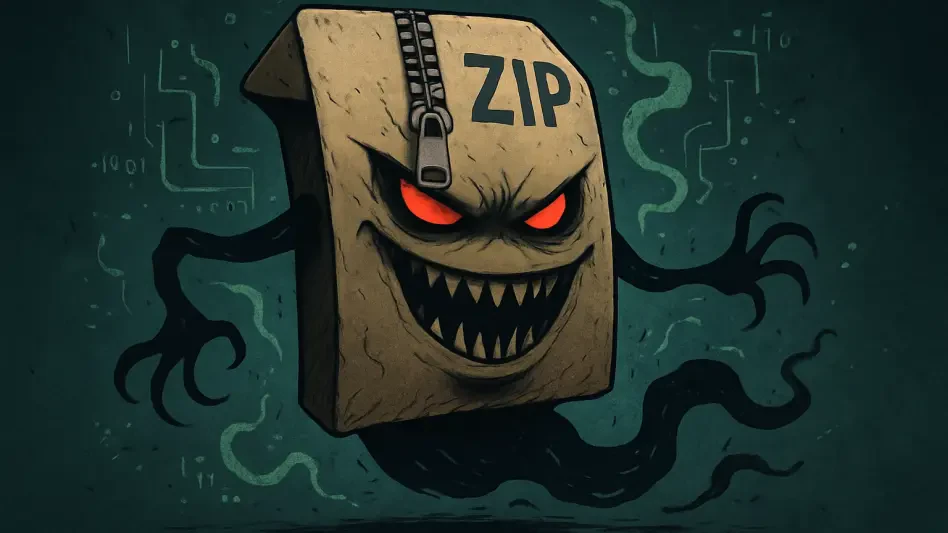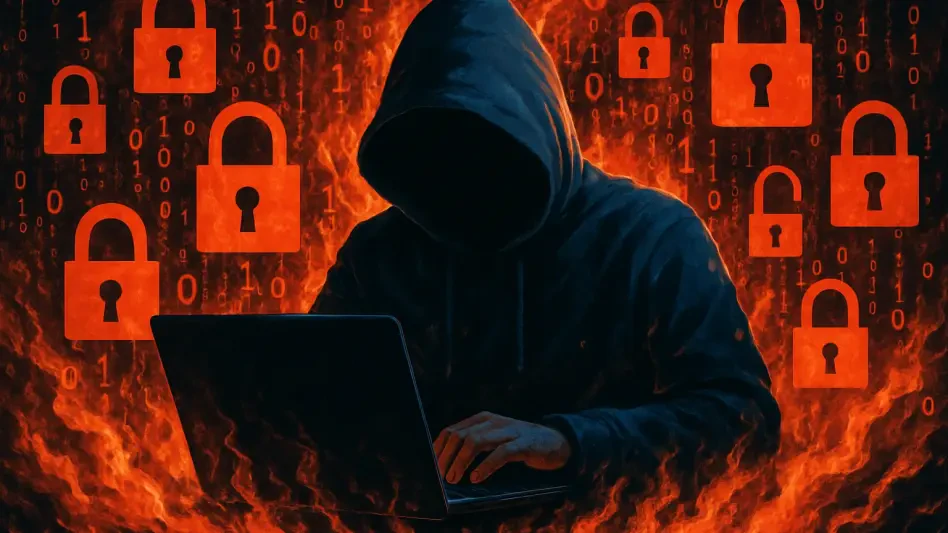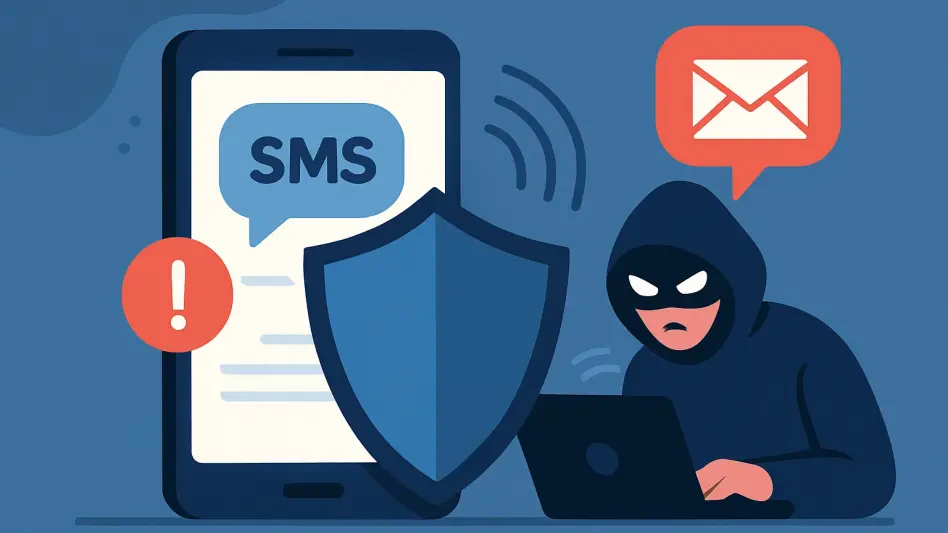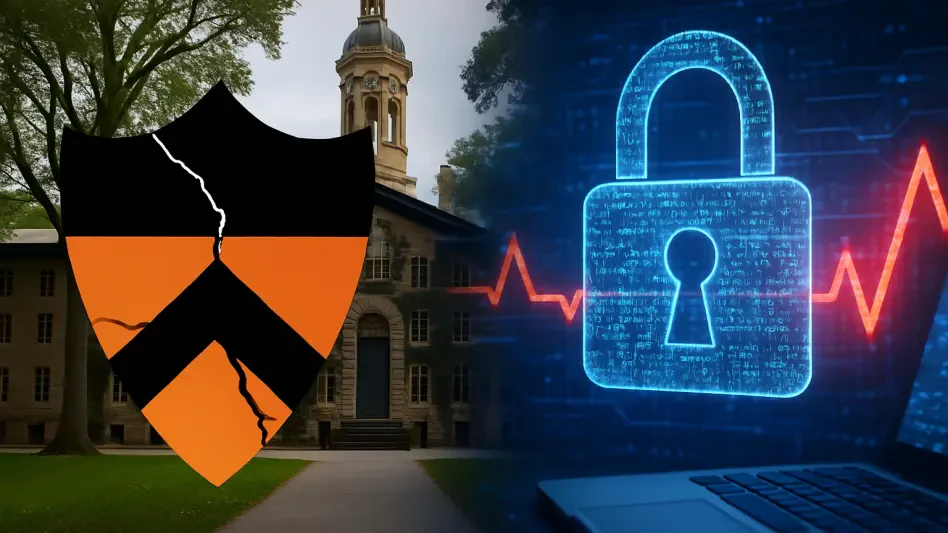Imagine receiving an urgent email from a trusted colleague, complete with a ZIP file labeled as a critical payment approval document, only to discover too late that a single click has compromised an entire corporate network. This scenario is becoming alarmingly common as cybercriminals refine their use of malicious ZIP files to deliver devastating malware. In the ever-evolving landscape of cybersecurity threats, these attacks stand out for their deceptive simplicity and profound impact, exploiting user trust to bypass even sophisticated defenses. This review delves into the mechanisms behind malicious ZIP malware, evaluates its performance in real-world scenarios, and assesses the challenges of countering such stealthy tactics.
Core Mechanisms of Malicious ZIP Malware
Malicious ZIP files have emerged as a potent tool in phishing campaigns, capitalizing on their perceived legitimacy to disguise harmful payloads. These archives often appear as routine documents, such as invoices or identity scans, luring users into extracting and interacting with their contents. Once opened, the files trigger hidden processes that can install malware, often without immediate detection by standard security tools. The reliance on social engineering makes this technology particularly insidious, as it preys on human curiosity and the urgency associated with sensitive files.
A key strength of this attack vector lies in its multi-stage delivery approach, which adds layers of complexity to evade scrutiny. Attackers embed malicious Windows shortcut files, commonly known as .lnk files, within these archives. When clicked, these shortcuts silently execute scripts via legitimate system tools like PowerShell, initiating the download of harmful payloads from remote servers. This method not only bypasses initial security checks but also blends malicious activity with normal system operations, making it a formidable challenge for traditional antivirus solutions.
Performance and Evolving Techniques
The performance of malicious ZIP malware in real-world attacks demonstrates a high success rate, particularly in corporate environments where document workflows are routine. Recent campaigns have shown an alarming ability to adapt, with malware variants checking for the presence of security software like AVG or Avast before selecting an appropriate payload. This adaptive behavior ensures that the attack remains undetected by tailoring the malicious file to the specific security environment, showcasing a level of sophistication that amplifies its effectiveness.
Moreover, the social engineering tactics employed have grown increasingly targeted, often focusing on senior employees through spear phishing efforts. By mimicking executive workflows, such as payment approvals or identity verifications, attackers craft convincing scenarios that pressure victims into hasty actions. This precision in targeting specific roles within organizations underscores the malware’s ability to exploit hierarchical trust, enhancing its penetration into sensitive systems.
Another notable evolution is the use of multi-stage infection chains, where initial payloads serve as droppers for subsequent malware. This approach not only delays detection but also allows attackers to establish persistent access through command-and-control connections. Such tactics highlight the malware’s capacity to adapt over time, leveraging built-in Windows tools like rundll32.exe to execute code under the guise of legitimate processes, a strategy known as “living off the land.”
Real-World Impact and Targeted Sectors
The impact of malicious ZIP malware is most pronounced in sectors reliant on digital document exchange, such as finance, legal, and corporate management. These environments provide fertile ground for phishing attacks due to the frequent handling of sensitive files, making them prime targets for cybercriminals seeking financial gain or data theft. The damage often extends beyond immediate data breaches, eroding trust in internal communication systems and necessitating costly recovery efforts.
Specific campaigns have revealed the tangible consequences of these threats, with attackers gaining initial access to systems through seemingly innocuous archives. Once inside, the malware can facilitate espionage, deploy ransomware, or exfiltrate critical information, leading to significant operational disruptions. The ability to remotely control infected systems further amplifies the risk, as attackers can bide their time before launching more destructive actions.
Particularly concerning is the targeting of high-value individuals within organizations, where tailored phishing messages increase the likelihood of success. Such precision attacks often result in breaches that compromise not just individual accounts but entire networks, illustrating the cascading effects of a single point of failure. This underscores the urgent need for sector-specific defenses tailored to the unique workflows of vulnerable industries.
Challenges in Detection and Mitigation
Detecting malicious ZIP malware remains a significant hurdle due to its reliance on legitimate system processes, which often evade conventional security measures. The use of built-in tools like PowerShell and rundll32.exe allows attackers to mask their activities as normal operations, rendering signature-based detection methods largely ineffective. This stealthy integration into the host system poses a persistent challenge for security teams striving to identify anomalous behavior.
Beyond technical barriers, user awareness continues to be a critical weak point in combating these threats. Many individuals lack the training to recognize phishing attempts disguised as urgent documents, often acting on impulse rather than caution. This gap in education amplifies the malware’s success rate, as even the most robust security infrastructure cannot fully protect against human error in the face of convincing social engineering.
Additionally, the dynamic nature of these attacks complicates the development of proactive defenses. As attackers refine their evasion techniques, such as adapting payloads based on detected antivirus software, security policies struggle to keep pace. The need for continuous monitoring of system tools and updated protocols is evident, yet implementing such measures across diverse organizational environments remains a logistical obstacle.
Final Assessment and Next Steps
Reflecting on the detailed examination, it becomes clear that malicious ZIP malware represents a deceptively simple yet highly effective threat to cybersecurity. Its ability to exploit user trust and legitimate system tools renders it a formidable adversary for both individuals and organizations. The real-world impact, especially in document-heavy sectors, highlights the urgent need for enhanced defenses against such stealthy attacks.
Looking ahead, actionable steps emerge as critical to mitigating this risk. Organizations need to prioritize user education, focusing on recognizing phishing attempts and avoiding interaction with suspicious archives. Simultaneously, implementing stricter policies around the execution of shortcut files and monitoring system tools like PowerShell offers a technical safeguard against exploitation.
Lastly, the cybersecurity community must invest in developing adaptive security solutions capable of detecting multi-stage attacks and evolving evasion tactics. Collaborative efforts to share threat intelligence and refine detection algorithms promise to strengthen resilience against future iterations of ZIP malware, ensuring a more secure digital landscape for all stakeholders.








